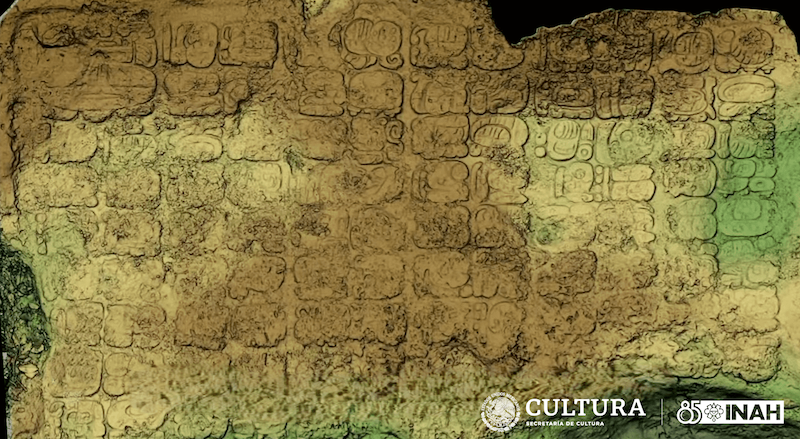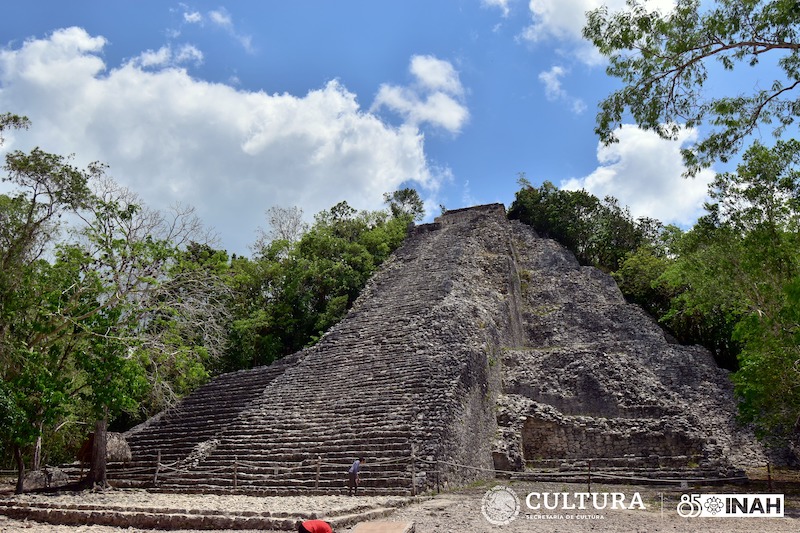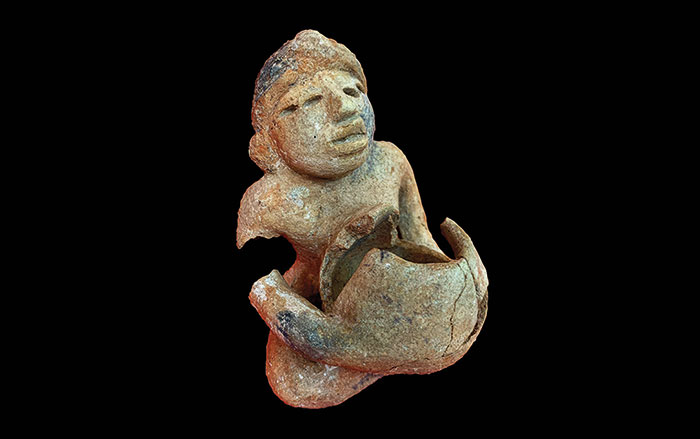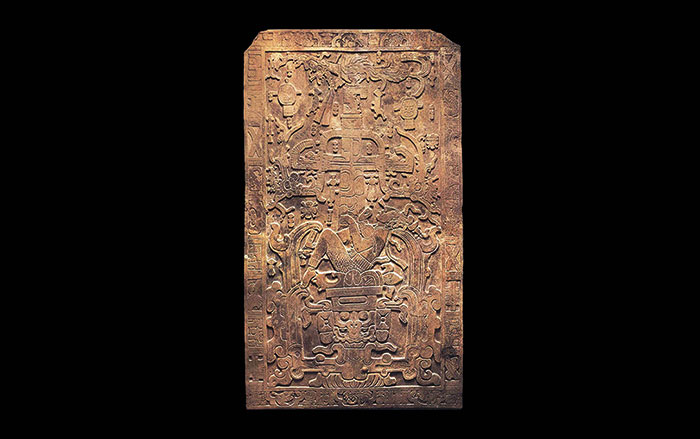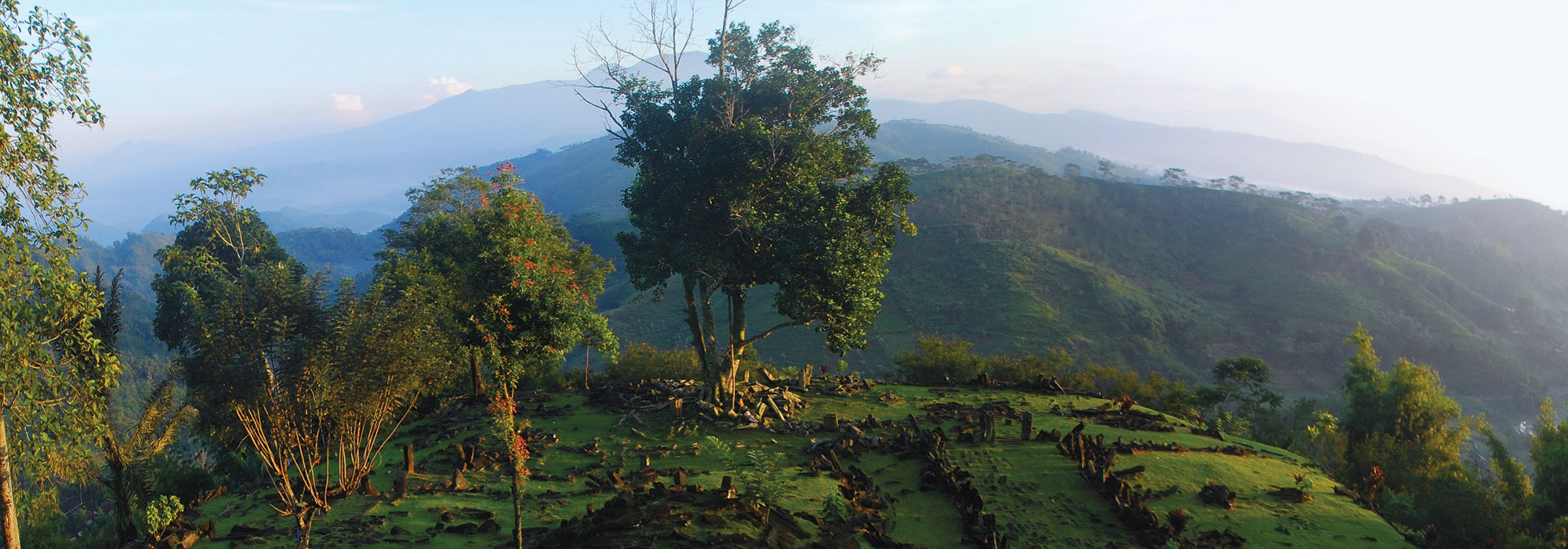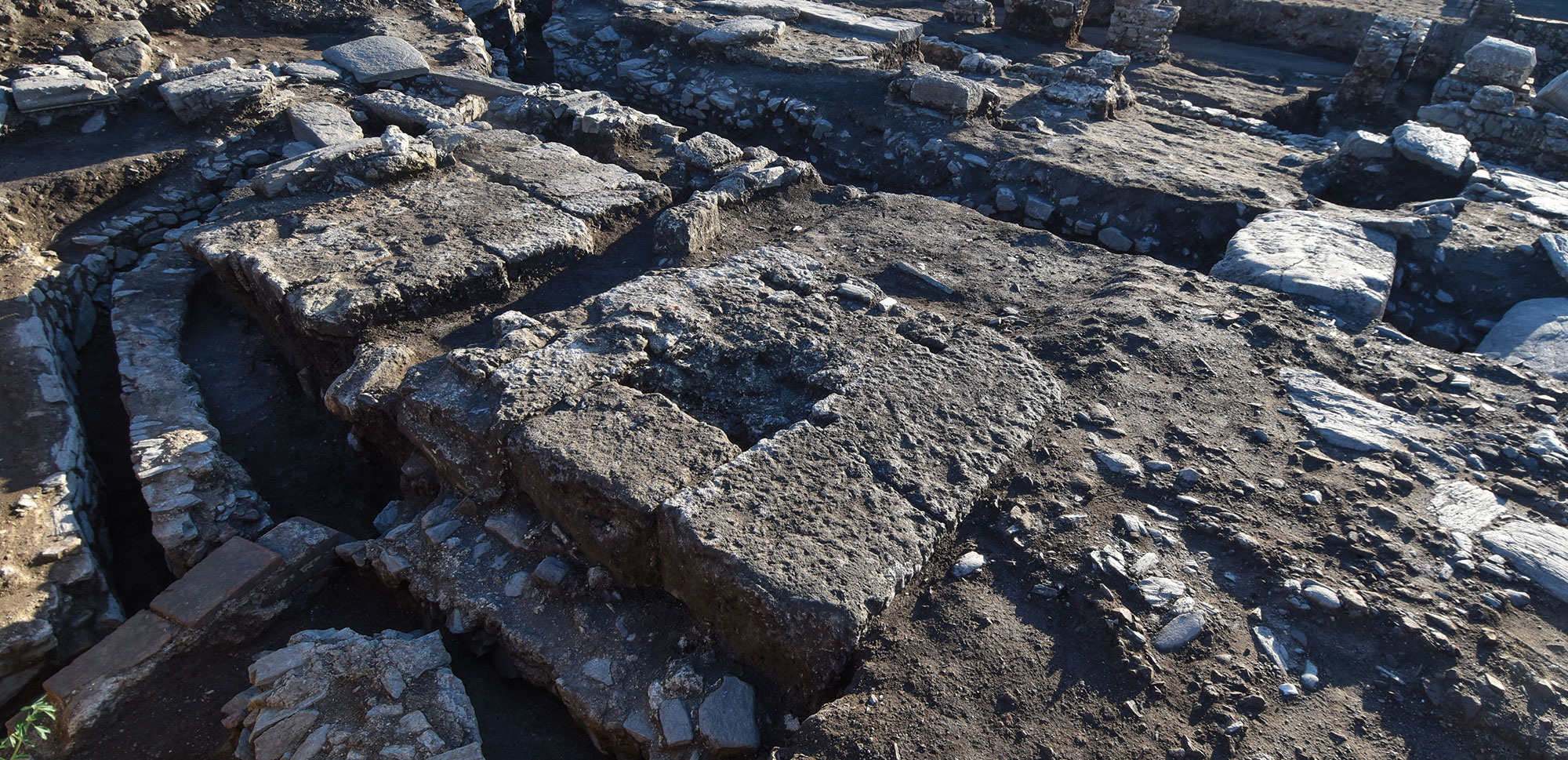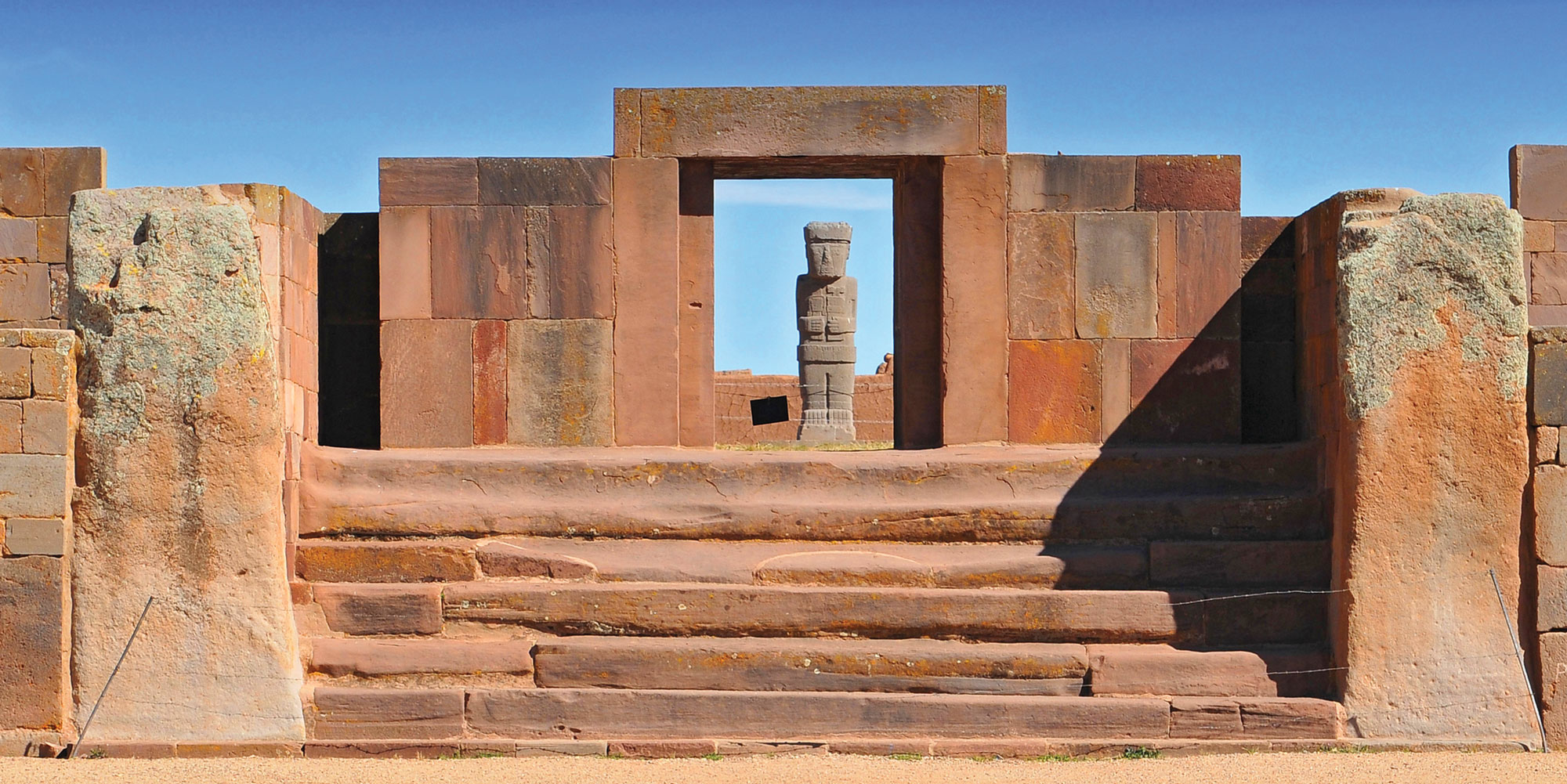QUINTANA ROO, MEXICO—Mexico News Daily reports that a stela measuring more than 36 feet long has been discovered in the Cobá archaeological zone in the eastern Yucatán Peninsula. Glyphs carved into the stone describe the founding of the Maya settlement of Keh Witz Nal, or Deer Mountain, on May 12, A.D. 569, according to a preliminary analysis of the text conducted by researchers from Mexico’s National Institute of Anthropology and History (INAH). The text also names K’awiil Ch’ak Chéen, a previously unknown ruler of Cobá, and confirms that rulers often adopted the name of the god K’awiil, a protective deity associated with abundant harvests and meteorological phenomena. Researchers are working to conserve the stela, which has been damaged by standing water. For more on Maya rulers, go to "Jungle Realm of the Snake Queens."
